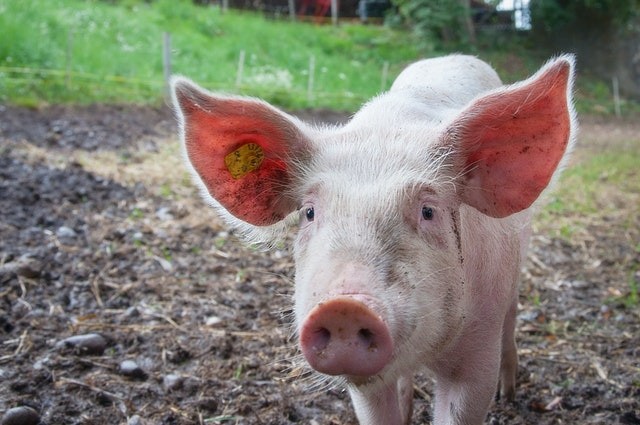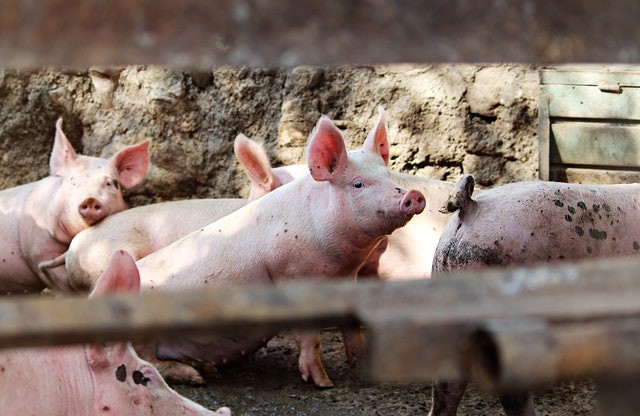What if farm animal's emotions could also be translated accurately through their faces, body language, and communication? Wageningen University & Research in the Netherlands made an attempt to do this. Experts are currently developing an AI system to measure the emotions of pigs and other animals.

Shortcomings in Data collection
Someone can trace their pet cat or dog immediately with a smartphone and a chip, but it is also becoming very practicable to read the whereabouts of a farm animal and even their emotions without any procedure that is invasive. What if the face of an animal could be read like that of humans?
A sensor that can detect all the variations of animal faces has not been developed yet. In the meantime, different sensors are used to measure diverse parables and components.
Such tools include drones, sound recordings, infrared thermal imaging, and GPS tracking. However, none of these are entirely sufficient by themselves and each of them has its individual shortcomings in the collection of data.
Sensor That Detects the Smallest Facial Tick
The search is on among researchers to discover a sensor that determines the smallest facial tick. In turn, such visible movements will be matched to what the animal is feeling at that particular time.
The question remains how such facial expressions will be matched with the correct emotion. To behold the emotional state of an animal, an immense amount of gathered data has to go through analysis and the right computer algorithm used to develop proper software.
The approach with humans is to make use of machine learning that basically has a computer that react the same to how a human brain would under specific conditions.
The main hindrance for this development has been the part of fuzzy logic that views responses ahead of the usual yes and no answers of a computer or, in other words, the need to produce a neural network system that is computerized to look like human reactions beyond just the facts.

Animal Algorithm
As an instance, how one person responds to a stubbed toe is not the same as another person, which a computer would have an issue differentiating. At some point, similar barriers come to play in an animal algorithm that must be further delineated by environment and species. Do wild animals have distinct emotional responses from farm animals?
To have correct facial recognition is compulsory as, like animals, humans, possess their individual stress levels and must be estimated differently and by species. So far, outcomes of animals are from controlled environments, like a farm, without a benchmark of free range or wild animals or comparative measurement.
Some type of baseline must be used to measure the emotions of animals by species in their natural environment, but that kind of data is presently unavailable because of the lack of any appropriate monitoring equipment.
For more news, updates about pigs and similar topics don't forget to follow Nature World News!
© 2025 NatureWorldNews.com All rights reserved. Do not reproduce without permission.





